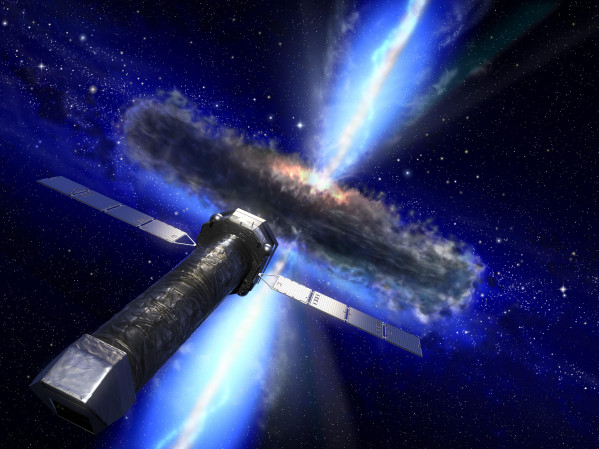Athena
The European Space Agency (ESA) has selected the Athena X-ray observatory for their next large (billion Euro-class) space mission.
After ESA decided to address the "Hot and Energetic Universe" Science Theme with their next major mission, the Advanced Telescope for High-Energy Astrophysics (Athena) space mission proposal has now been selected by ESA. One of the key science drivers of the Hot and Energetic Universe Science Theme is the study of the largest objects in the Universe, galaxy clusters, from ancient times, about ten billion years ago, when they first formed, down to the present. Most of the normal matter in these systems, intergalactic gas between the galaxies, is so hot, more than ten million degrees, that it is invisible in the optical but radiates at X-ray wavelengths. A team of astrophysicists from many institutes world-wide, including the Argelander Institute for Astronomy at Bonn University, demonstrated that the X-ray mission Athena has the technical capabilities to solve the outstanding questions about galaxy cluster evolution.
<Press release from involved German institutes, hosted by MPE>
<ESA's press release>
Athena is Europe's next generation X-ray observatory selected as a large mission for the ESA science program. After launch in ~2030 it will be the ultimate X-ray instrument to analyze all the details of the hot and energetic universe. The main science topics are galaxy clusters, the evolution of their physical properties, and the accretion process of black holes.
Further information:
Athena Webpage: www.the-athena-x-ray-observatory.eu/
Athena Science Theme White Paper
Athena The evolution of galaxy groups and clusters
